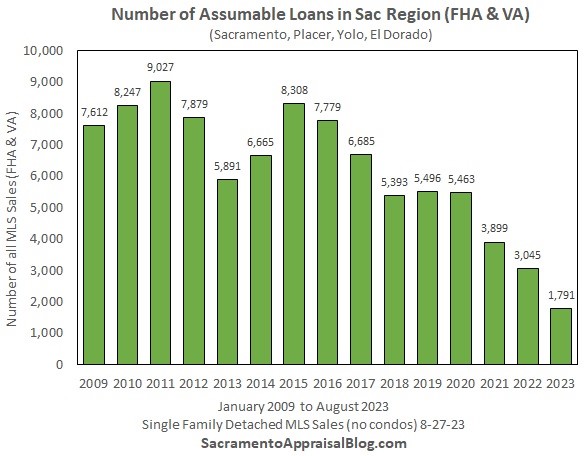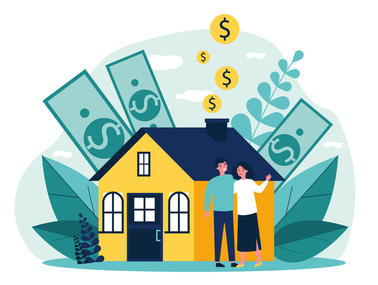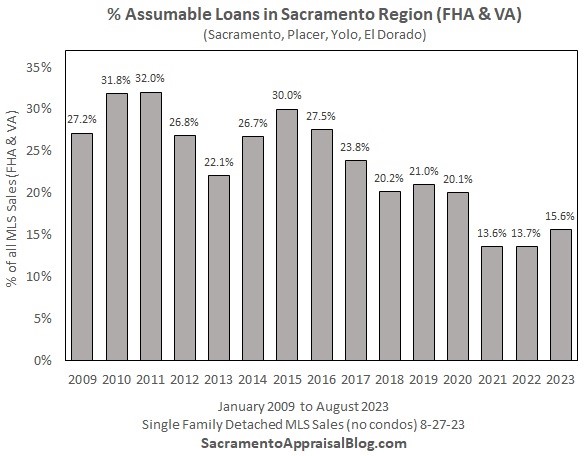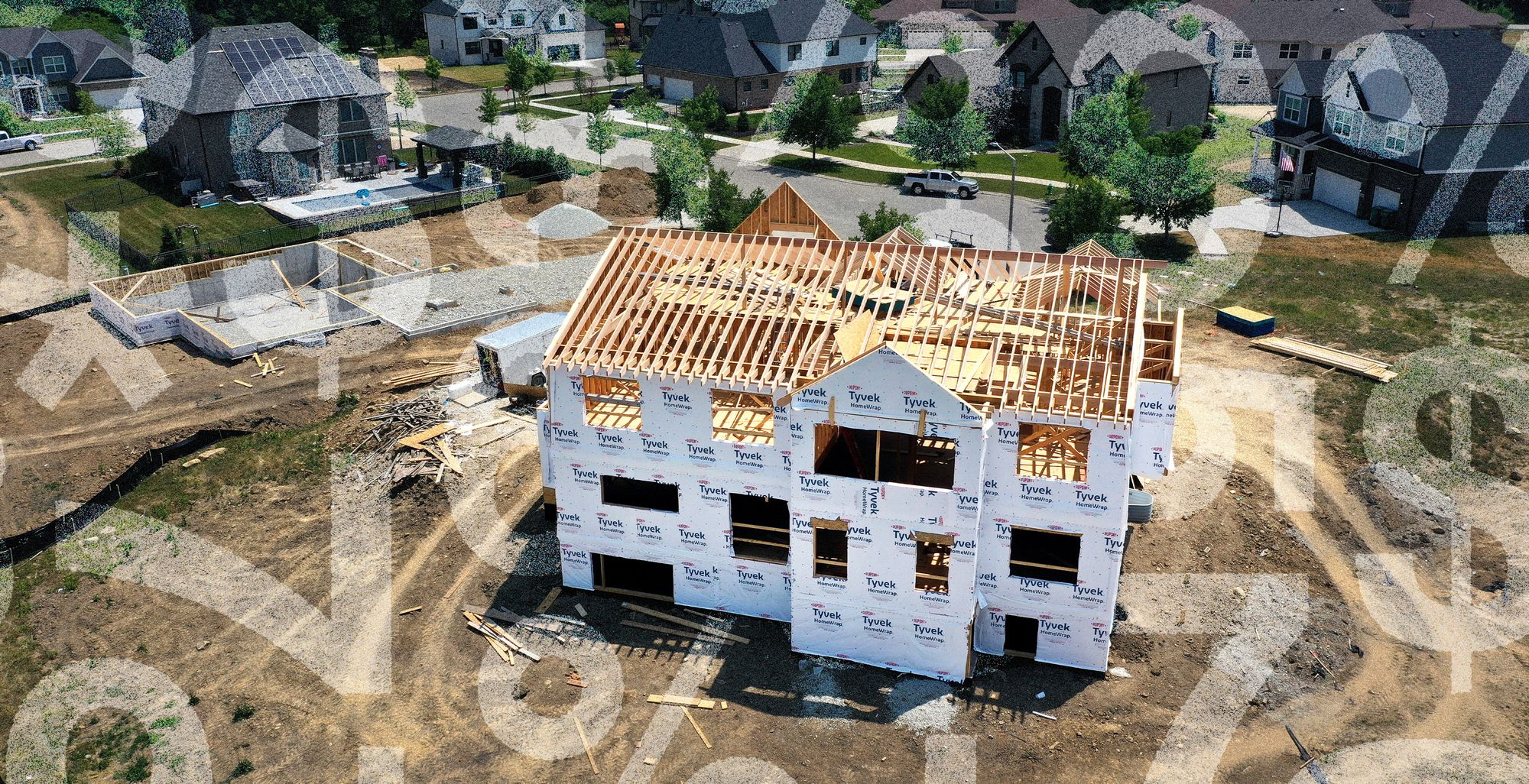Although mortgage rates, which have been hovering near 7% over the last few weeks, are expected to fall in the second half of the year, home buyers have adjusted to higher borrowing costs and home prices. Still, affordability is a big issue: 60% of U.S. cities saw gains in home prices in the second quarter, according to data from the National Association of REALTORS®. And the median monthly mortgage payment for a typical existing single-family home is $2,234, factoring in this week’s 7.09% average mortgage rate.
However, there are ways buyers can save on their mortgage. Buyers are eligible for the lowest mortgage rates from lenders when they come with a stellar credit score, particularly above 740. But there are additional ways to save, including:
1. Shop around for a loan. Gathering multiple mortgage rate quotes from lenders can pay off. A recent study from LendingTree(link is external) shows the average borrower could save $84,301 over the life of their loan by shopping around for a mortgage. Broken down further, borrowers could save $2,810 a year and $234 a month.
Borrowers who receive two rate offers from different lenders could save an average of $35,377 over the life of their loan, while borrowers who gather more than five offers could save an average of $105,912, the study finds. “Different lenders have different standards and criteria that they look at when deciding who to lend to,” says Jacob Channel, LendingTree’s senior economist. “It’s for that reason that different lenders can offer such drastically different rates to the exact same people.”
When shopping around, says Brandon Snow, executive director of Ally Home, buyers should compare interest rates, terms and additional fees—not just who has the lowest mortgage rate. Also, shop around by gathering quotes from mortgage bankers, regional banks, credit unions and national banks.
2. Negotiate. While 63% of home buyers say they have negotiated for home price reductions, only 39% of buyers say they’ve tried to negotiate the initial APR or refinance rate on their most recent home purchase. Yet, those who’ve tried to negotiate on their mortgage have found an 80% success rate, according to a separate study from LendingTree.
Thirty-eight percent of buyers negotiated on closing costs, which are the fees lenders charge to process a loan. “Different lenders often have varying levels of flexibility in negotiations, but it never hurts to ask,” Snow says. “Leveraging quotes from competitive lenders may show your lender that you are seriously considering your options but are open to negotiation to keep your business there.”
3. Buy down the mortgage points. Borrowers may want to consider buying down points—typically done in 0.25 increments—to reduce the interest rate on a loan. But that means paying more upfront at closing. Mortgage points are the fees borrowers pay a mortgage lender to reduce the interest rate on the loan, which then lowers the overall interest paid on the mortgage.
Bankrate uses the following example of how this might work: A borrower has a 7% mortgage rate on a $320,000 loan, with a monthly payment of $2,129. The borrower purchases points to get the mortgage rate to 6.5%. That costs him or her $6,400 at closing and lowers the monthly mortgage payment to $2,022—a $107 difference.
Financial experts caution that when buying down points, it can take time to recoup the savings. Lenders can help calculate the break-even point to see how long you’d need to stay in the home to make it worth paying the upfront costs.
4. Ask for discounts. If you are already an existing customer who banks with a lender, ask about “relationship discounts,” Snow suggests. For example, some lenders like Chase Bank may waive a loan processing fee if you have a minimum amount of existing money deposited or in an investment account. U.S. Bank offers up to 0.25% off the loan amount in closing costs, up to $1,000, for those who have a personal checking account with them.
5. Be aware of float-down policies. Mortgage rates can fluctuate over the course of the closing timeline, and every swing can make a difference. “Many lenders will also allow you to adjust your rate downward if there are significant changes in the market rate while you are in the process,” Snow says. “Proactively asking about float-down and renegotiation policies upfront will ensure you know the requirements to get your rate reduced from the get-go and protect you from paying a higher rate than you should.”
6. Consider the mortgage terms. The 30-year fixed-rate mortgage is the most commonly used type of loan, but some lenders may offer even longer terms, like 40-year mortgages. Borrowers may be able to save around $100 on their monthly mortgage payment by extending their mortgage term—but that means they’ll pay significantly more in interest over the life of the loan. In May, the Federal Housing Administration announced a 40-year option for borrowers experiencing a financial hardship who need a loan modification.
Lenders may be able to offer other types of loans to help borrowers lower their monthly payments. For example, adjustable-rate mortgages have been surging in popularity as 30-year rates edge higher. ARMs accounted for nearly 19% of single-family mortgages in the spring, although they remain below pre-2008 levels, according to CoreLogic data. ARMs tend to offer a lower introductory interest rate, but they will reset to current rates in five or seven years, depending on the terms.
For home buyers who may be trying to “time” the market and snag the best interest rates, real estate has adopted a new mantra: “Marry the house; date the rate.” As the phrase implies, buyers may be better off committing to the home they love long-term, regardless of current rates, and refinancing later should interest rates ever drop.



 Facebook
Facebook
 X
X
 Pinterest
Pinterest
 Copy Link
Copy Link










